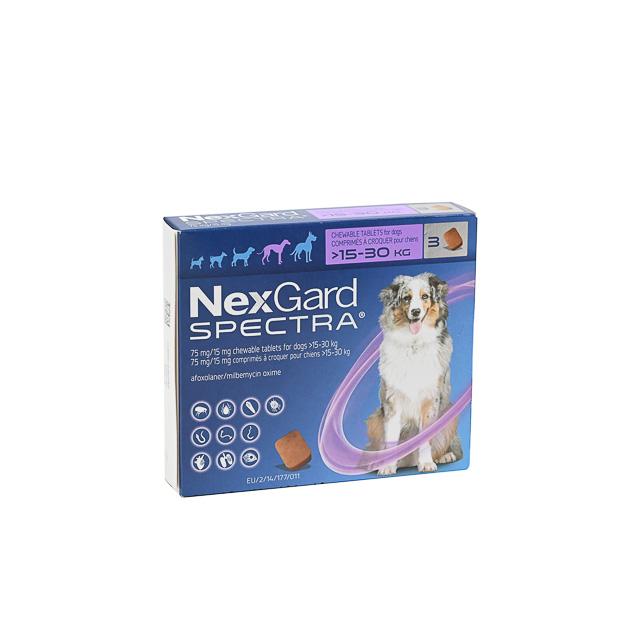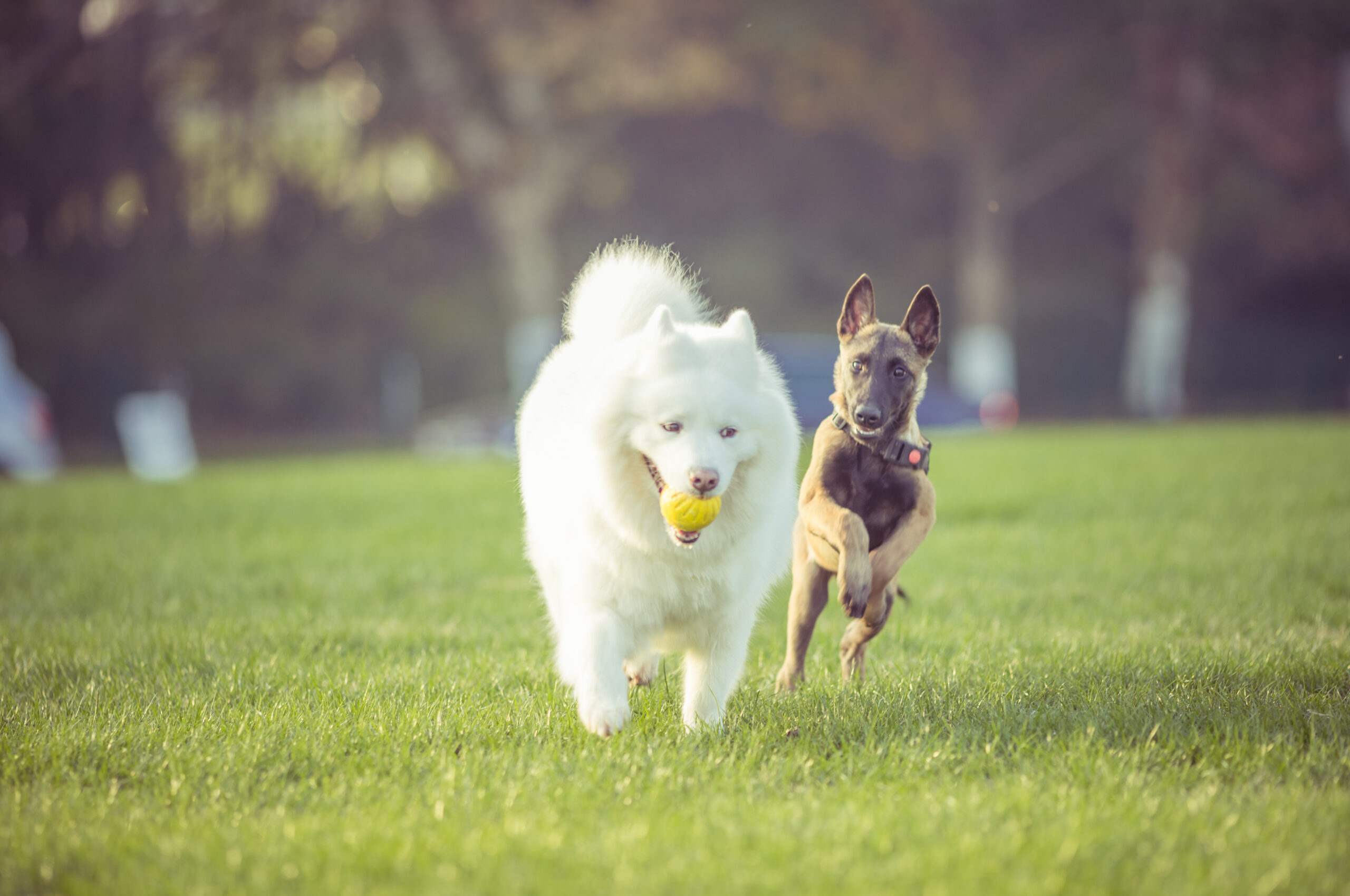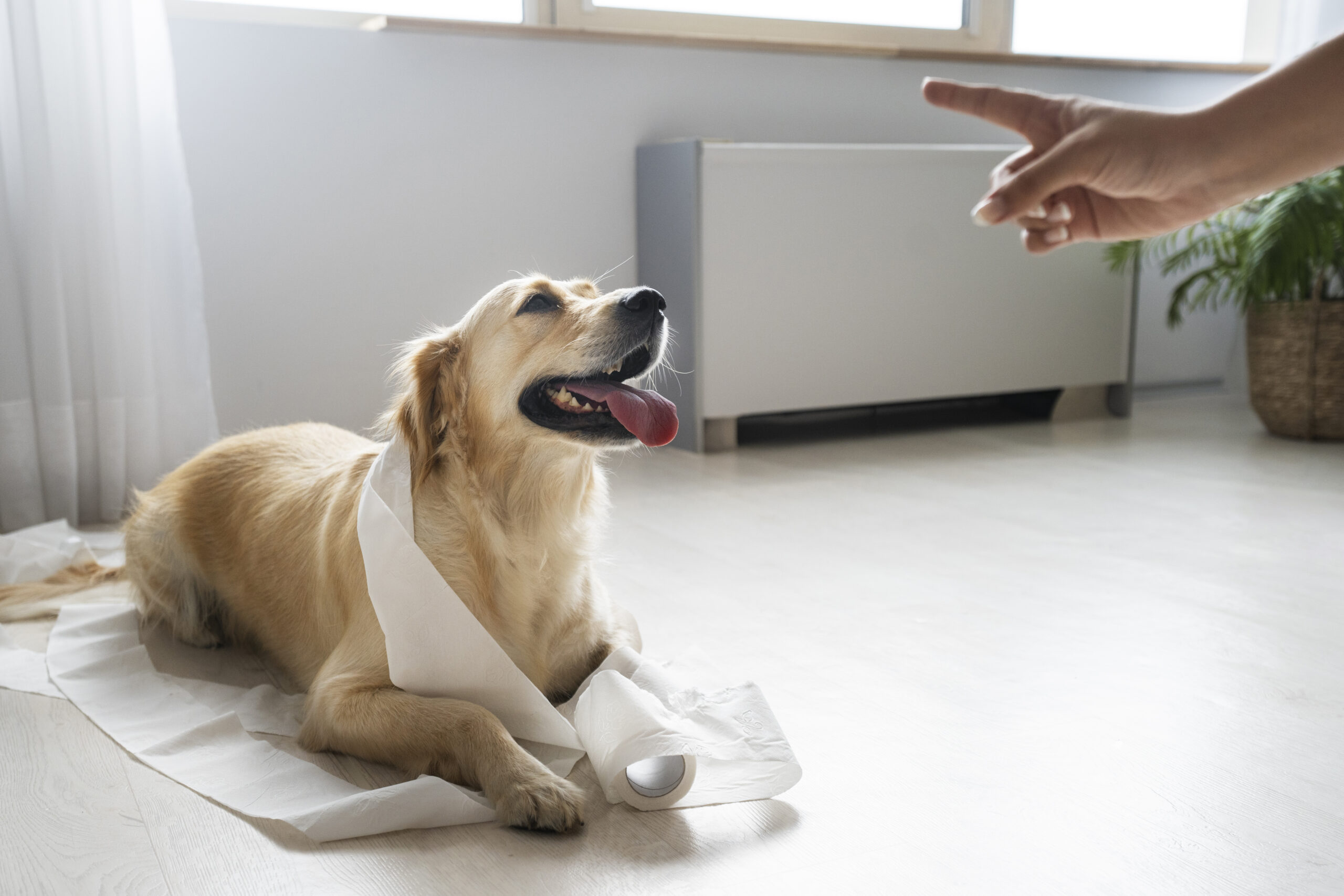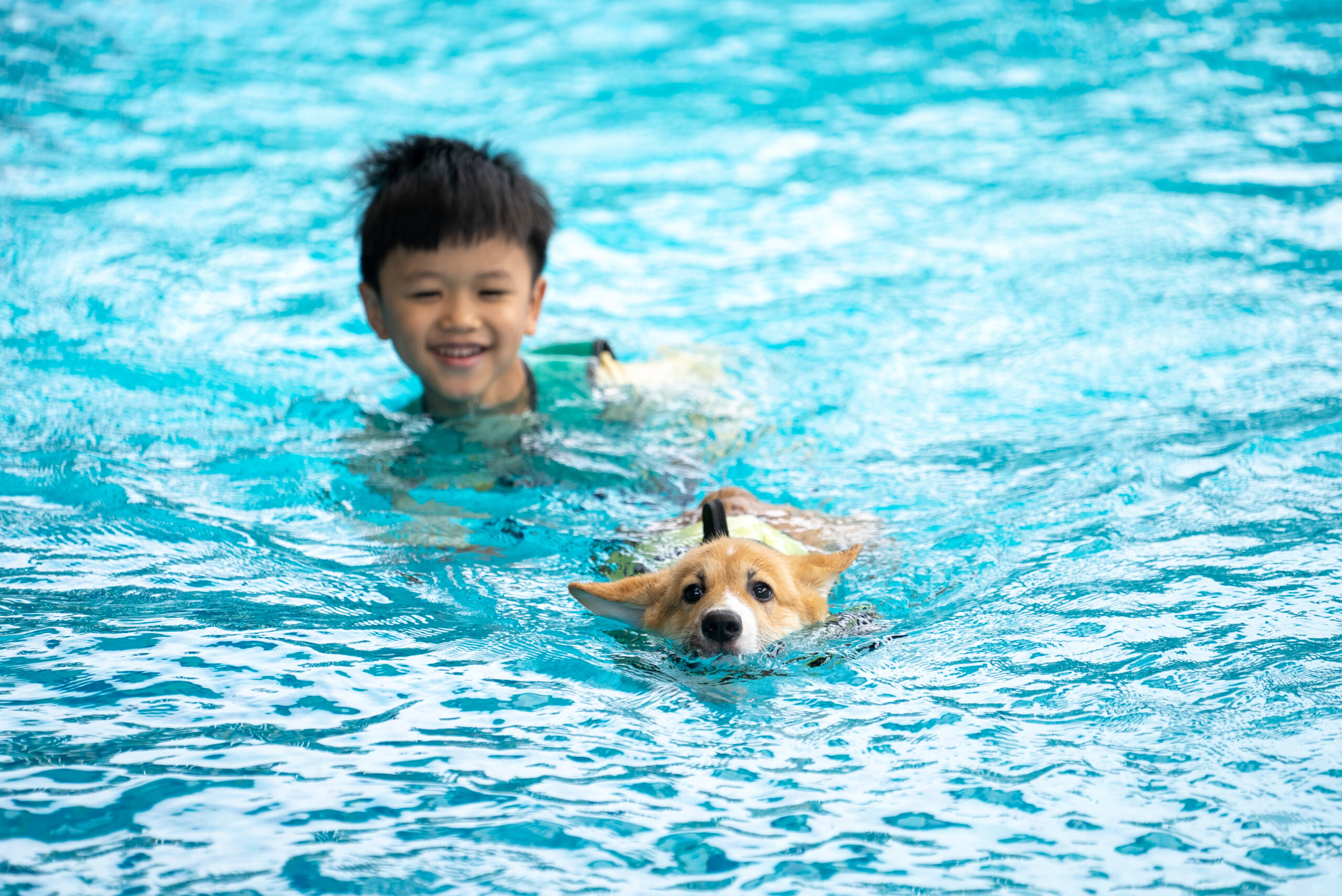Decoding Your Pet’s Sleeping Positions
Pets have diverse and adorable sleeping positions, reflecting their comfort and personality.
Dogs often curl up in a cosy ball or sprawl out on their backs, showcasing trust and relaxation. Some might assume the “superman” pose, lying on their bellies with legs stretched out, while others prefer the “donut” position, cuddled up with their tails encircling them.
Cats exhibit their flexibility by contorting into various shapes—curling into tight balls, stretching out fully, or even finding snug spots in boxes or bags. Some cats enjoy the “loaf” pose, tucking their paws neatly underneath, while others prefer the “twist,” lying on their side with their legs slightly bent.
Each sleeping position reflects their comfort level, mood, and feeling of safety, showcasing the individuality and unique personalities of our furry companions during their much-needed rest.
However, changes in these positions might signal health issues. A reluctance to move from a particular position, unusual stiffness, or favouring one side could indicate pain or discomfort. Additionally, extended lethargy or difficulty waking up might hint at underlying problems. Observing alterations in their usual sleeping habits can serve as vital indicators of potential illness or discomfort.
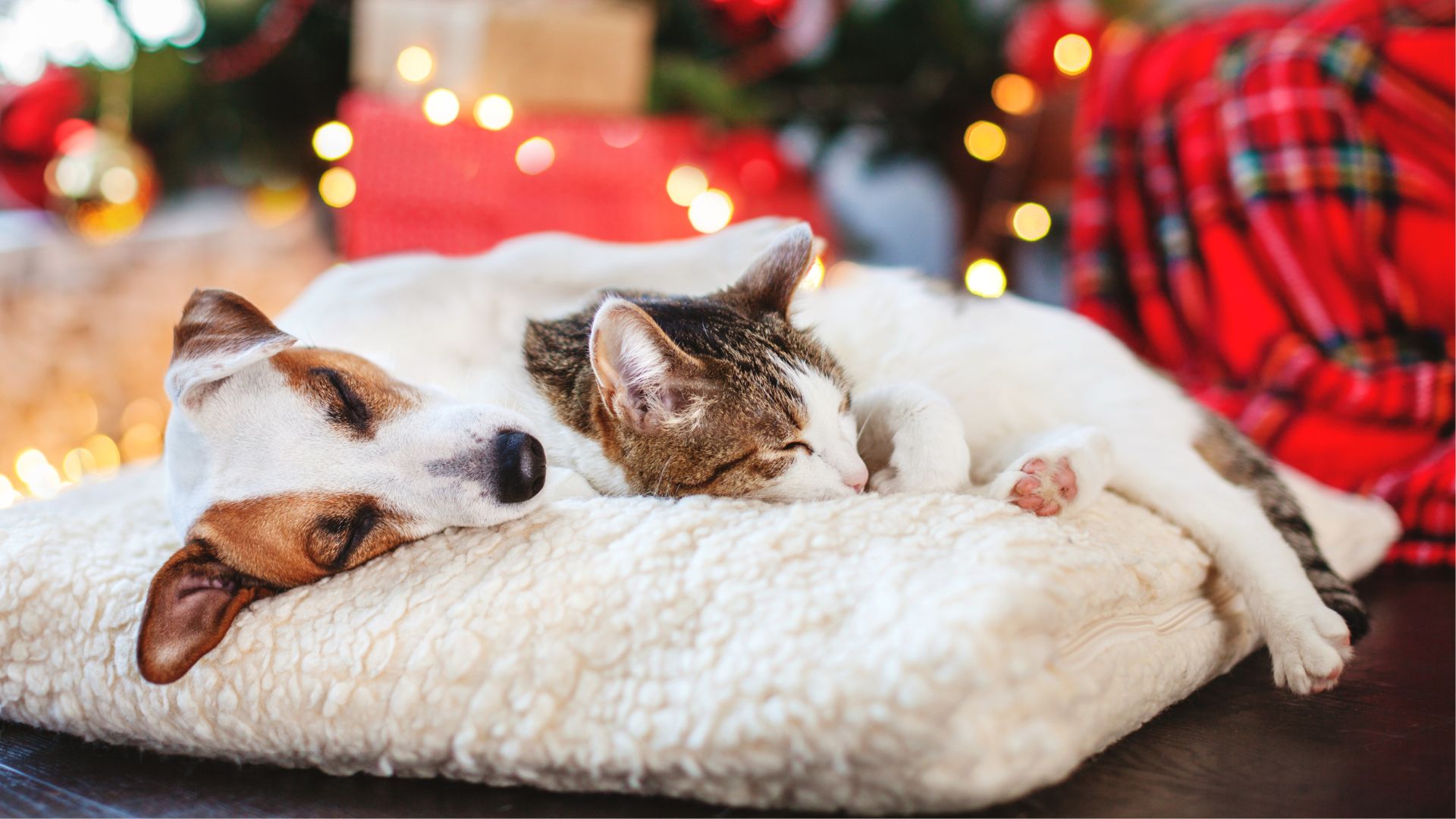
Sleep Patterns for Dogs
Dogs exhibit diverse sleep patterns, influenced by various factors like age, breed, health, and environment. On average, adult dogs snooze for about 12-14 hours a day, although this varies significantly among individual dogs. Puppies and senior dogs generally require more sleep, with puppies needing up to 18-20 hours due to their growth and development needs, while older dogs may need extra rest due to age-related changes.
Their sleep happens in stages – one is deep sleep (Slow-Wave-Sleep) for restoring their body, and the other is dreamy sleep (Rapid Eye Movement). Puppies mostly dream, but all dogs might twitch or make sounds while dreaming. Dogs take quick naps multiple times a day instead of sleeping all at once, which helps them stay aware and active.
Top 5 Common Sleeping Positions for Dogs
1. The Belly-Up
When dogs sleep in the Belly-Up sleeping position, they lie flat on their back, often with their legs in the air or spread wide, exposing their belly. This posture is a sign of vulnerability and trust. It indicates that a dog feels secure in its environment and is at ease. It’s a position that allows dogs to cool off as it exposes their less furry underside to the air, providing comfort in warmer temperatures.
However, while it usually signifies relaxation and contentment, any discomfort or reluctance to assume this position might hint at underlying joint issues or physical discomfort that needs attention.
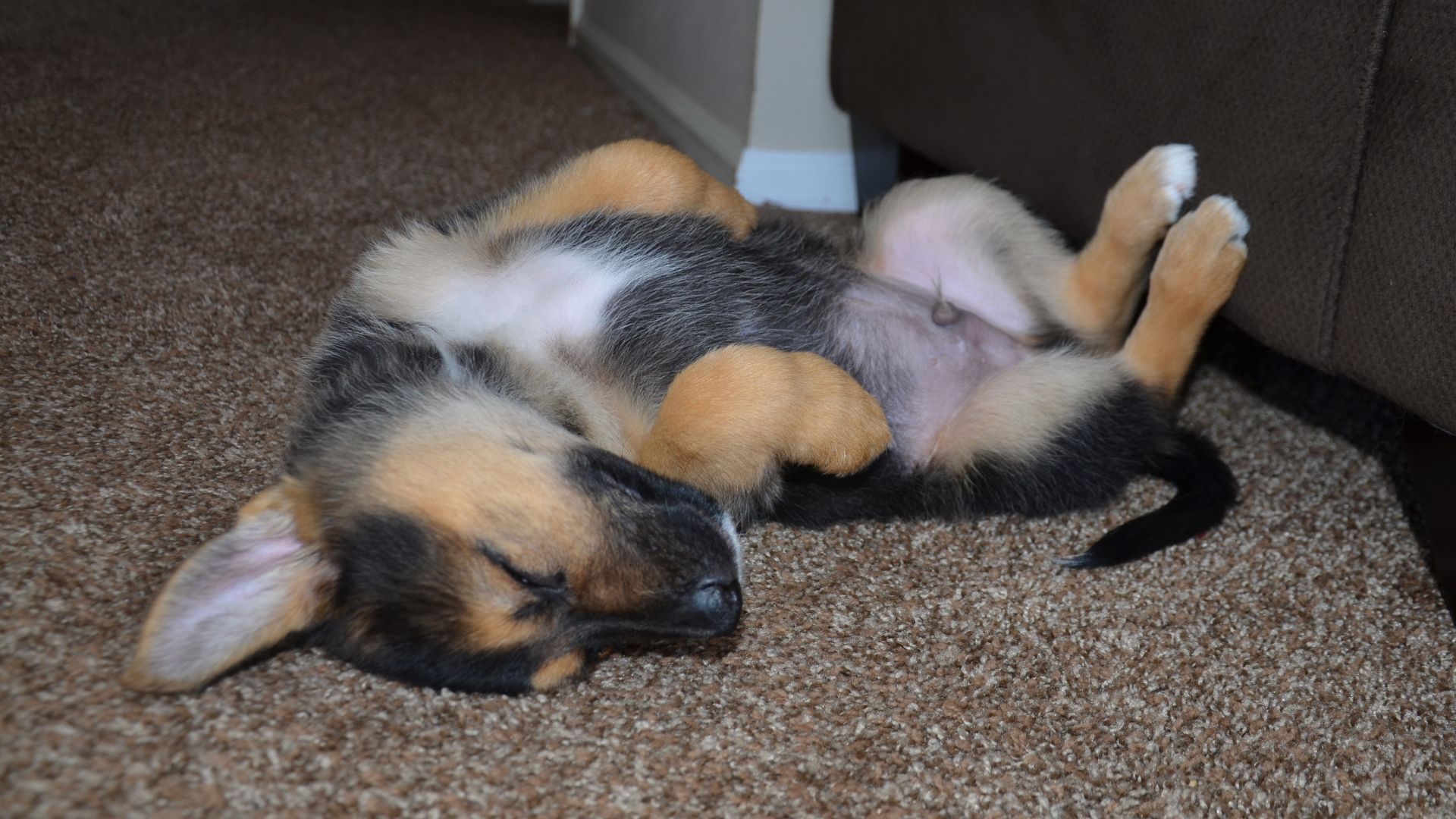
2. The Side Snooze
When dogs assume the Side Snooze sleeping position, they lie on one side with their legs slightly curled or stretched out. This relaxed posture signifies comfort and readiness to rest. It allows dogs to smoothly transition between states of relaxation and activity.
The Side Snooze is a favoured sleeping position indicating a sense of security and contentment in their environment. Dogs often choose this position when feeling at ease, displaying their adaptability to different sleeping postures based on their comfort levels.
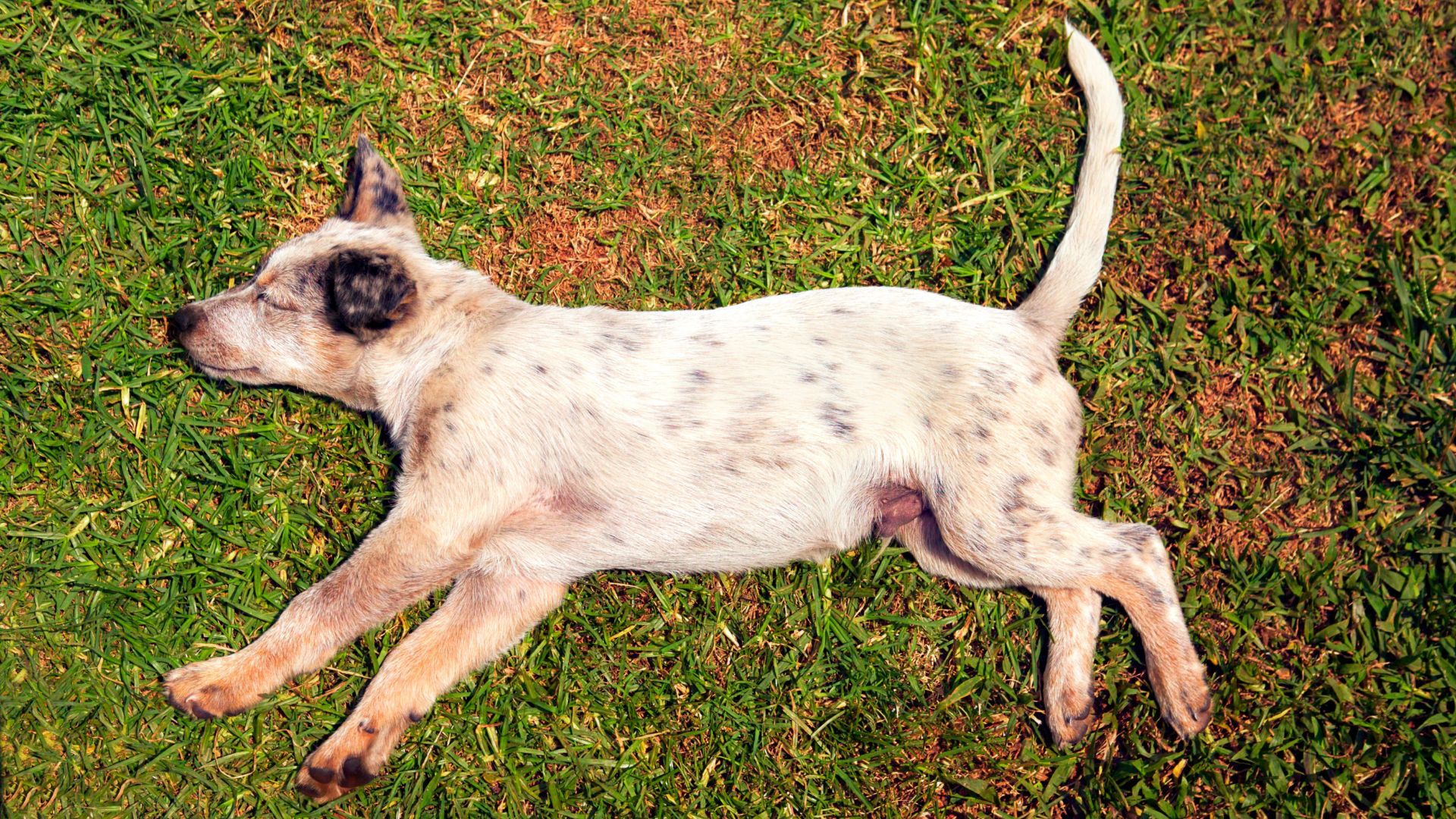
3. The Curled Cuddler
Dogs in the Curled Cuddler sleeping position curl up into a ball, often nestled close to a person or another pet. This posture showcases their need for warmth and companionship. It exhibits their affectionate nature, seeking comfort and emotional closeness. It is also reminiscent of how they might have slept when they were puppies, seeking the comfort of a den-like space.
The Curled Cuddler stance highlights their strong bond with their owners or other animals they share a close relationship with, demonstrating their desire for comfort and connection. So, when you spot your furry friend napping in this adorable pose, it’s a sign they’re feeling secure, content, and ready for some restful slumber!
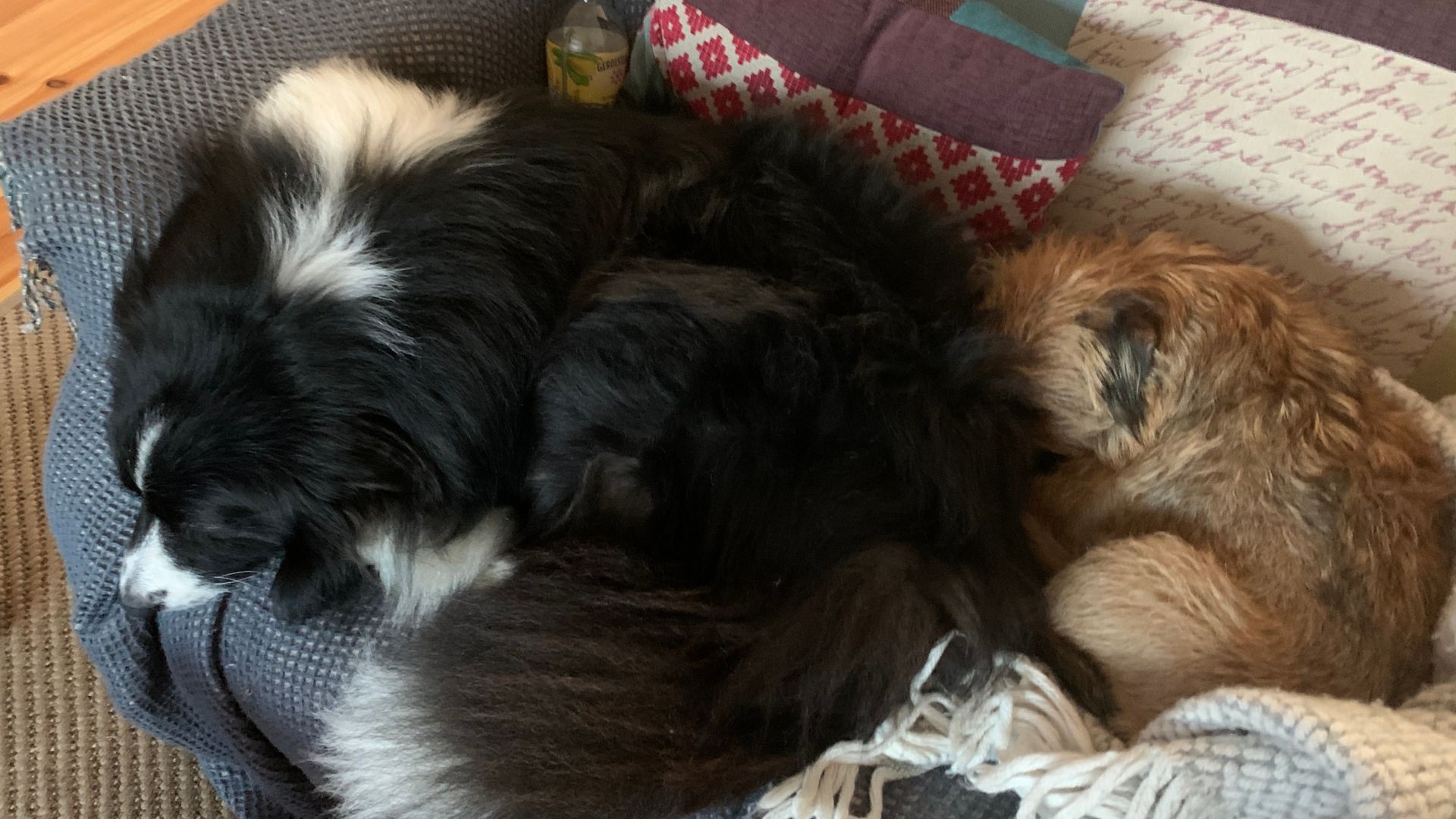
4. The Donut
The Donut sleeping position is like the Curled Cuddler sleeping position’s playful cousin. While the shapes may differ slightly, the underlying intent and comfort-seeking behaviour are similar between the Donut and the Curled Cuddler sleeping positions.
The Donut sleeping position sees dogs curling tightly into a ball, resembling the shape of a donut. This snug pose is commonly adopted in colder conditions or when dogs seek a sense of security. While it generally indicates relaxation and comfort, persistent avoidance of other positions or stiffness in this pose might indicate potential joint issues or discomfort, necessitating a closer examination of the dog’s physical health.

5. The Sploot
When dogs sploot by stretching out their hind legs behind them while lying down, it’s a way for them to cool off and unwind their muscles. This relaxed posture is often a sign that they’re feeling content and relaxed.
However, excessive splooting or signs of discomfort in this position might signal potential hip or joint issues that warrant attention. Hip dysplasia is a common condition among dogs, where the hip joint doesn’t develop properly. This condition can lead to discomfort, reduced mobility, and pain, especially during activities like walking or standing up after resting. While occasional splooting is usually harmless, it’s essential to monitor your dog’s overall comfort level and movement.

Sleep Patterns for Cats
Cats are fascinating sleepers! On average, they spend about 12-16 hours a day sleeping, which might seem like a lot, but it’s quite normal for them. However, some cats, like kittens or older felines, might snooze even more, sometimes up to 20 hours!
They are experts in power napping, taking short breaks throughout the day to recharge and stay ready for whatever comes their way! This sleep behaviour helps them maintain their sharpness and agility.
Top 5 Common Sleeping Positions for Cats
1. The Crescent
Cats can be found sleeping in the Crescent sleeping position, where they lie on their side with their front paws stretched out. This posture is akin to a relaxed half-moon shape, revealing their comfort and trust in their surroundings.
This position allows them to be comfortably curled while still keeping an eye on their environment, indicating a sense of security and contentment. It’s an adorable sight to see cats in the crescent position, showcasing their flexibility and preference for feeling safe while they rest.

2. The Twist
When cats are snoozing in the Twist sleeping position, they often lie on their back with their body contorted, resembling a graceful, twisted pretzel. They might have their legs extended in various directions or tucked close to their body. This pose indicates their flexibility and comfort with their sleeping environment.
The Twist sleeping position demonstrates their ability to adjust their bodies into unusual yet comfortable configurations, showcasing their agility and relaxed demeanour during sleep.

3. The Window Watcher
Cats are known to perch in the Window Watcher sleeping position, where they rest on a windowsill or elevated surface while keeping a vigilant eye on the outside world. This sleeping position allows them to observe the happenings outside while feeling secure in their indoor territory.
It’s a strategic sleeping position, showing their alertness even during rest, allowing them to be aware of potential activities in their surroundings.
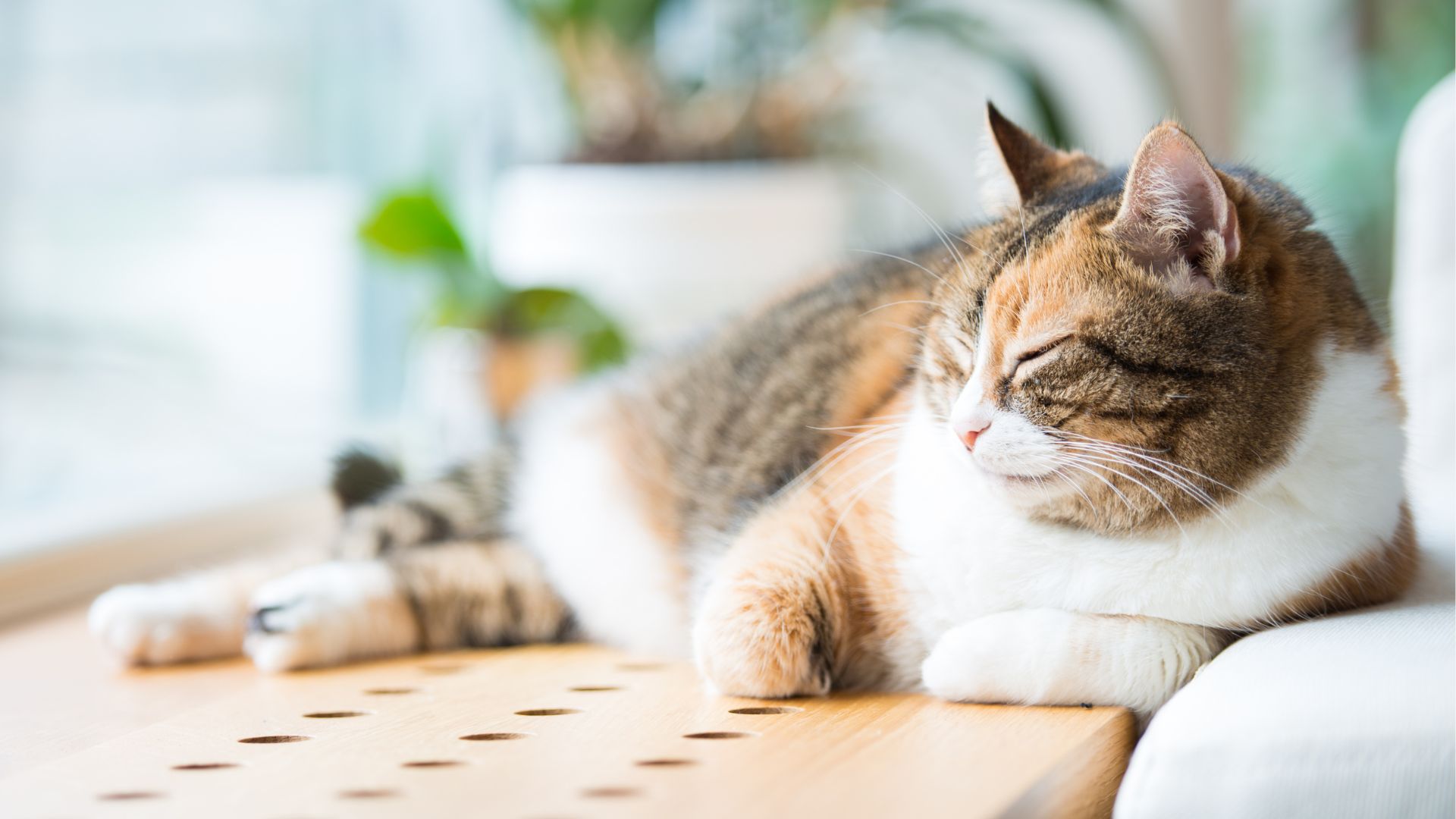
4. The Faceplant
When cats are found sleeping in the Faceplant sleeping position, comfortably lying on their stomachs with their faces buried in a cushion or blanket, it’s an adorable display of their need for warmth and privacy. This sleeping position reflects their desire for cosiness and a secure sense of hiding while they nap. Sometimes, however, cats might choose a less cosy position when they’re extremely tired. Opting to snooze with their faces flat on the surface, they forego comfort for immediate rest.
Typically, cats possess abundant energy, especially the younger ones. After a playful session, it’s not uncommon for them to get very tired and sleep in unconventional positions. Yet, consistent patterns of excessive sleepiness, where your cat lacks energy every day, could indicate an underlying issue. This persistent lethargy might hint at an underlying health problem. When cats are unwell, they often feel fatigued because their bodies are exerting extra effort to recover. If you notice your cat frequently displaying extreme fatigue, consulting a veterinarian is advisable to ensure their well-being and address any potential health concerns.
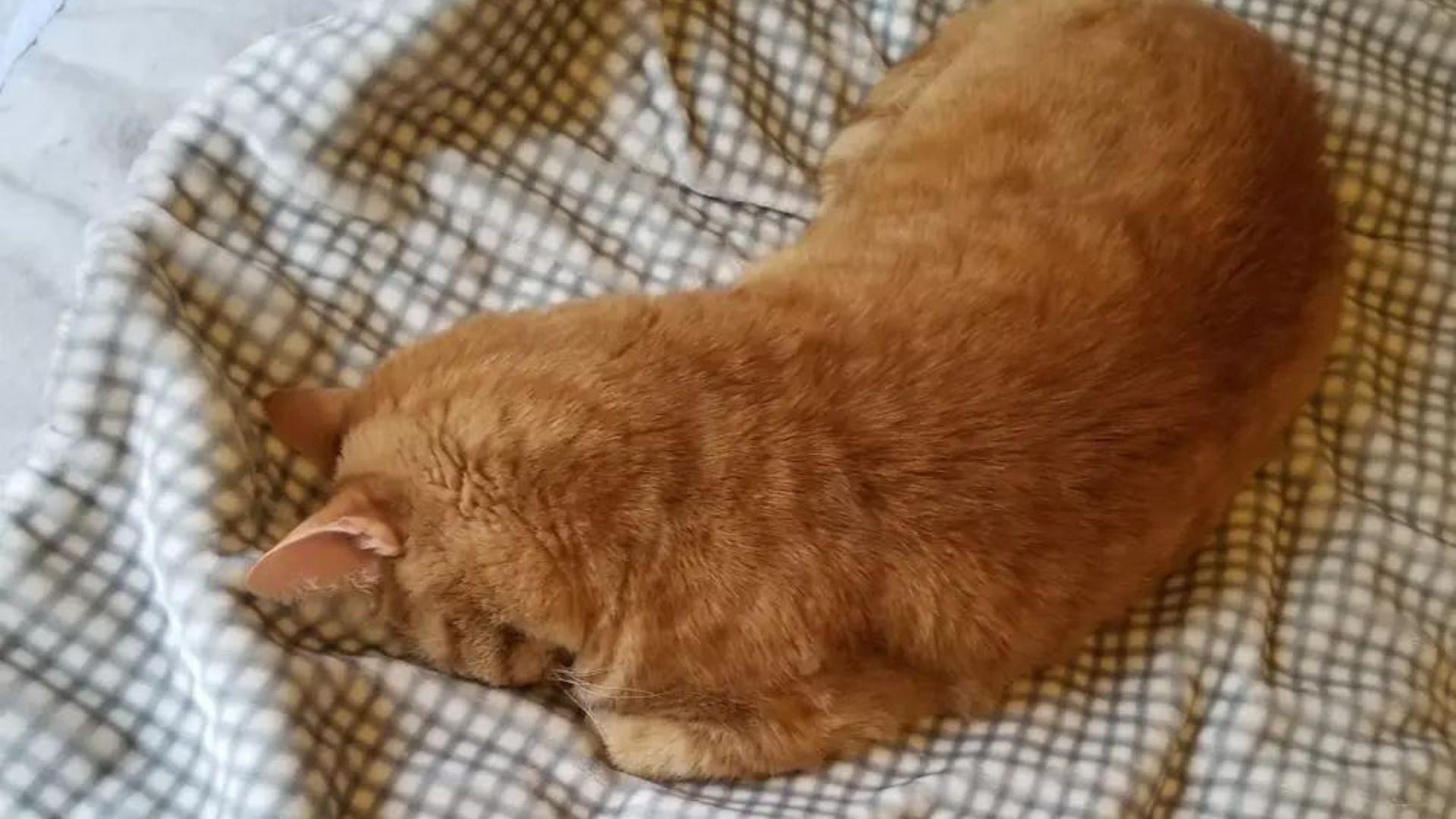
Source: Insider, 2022
5. The Loaf
The Loaf sleeping position is one of the classic poses where cats tuck all their legs underneath their body, resembling a loaf of bread. This posture showcases their ability to conserve body heat while staying prepared to spring into action. Cats might adopt the loaf position in various settings, displaying their adaptability and their penchant for feeling secure while they rest.
While the Loaf sleeping position typically signals relaxation, extended periods of your cat remaining in this pose or showing signs of discomfort or stiffness might warrant closer observation. Such behaviours could potentially indicate an underlying health issue, prompting the need for further attention and care.
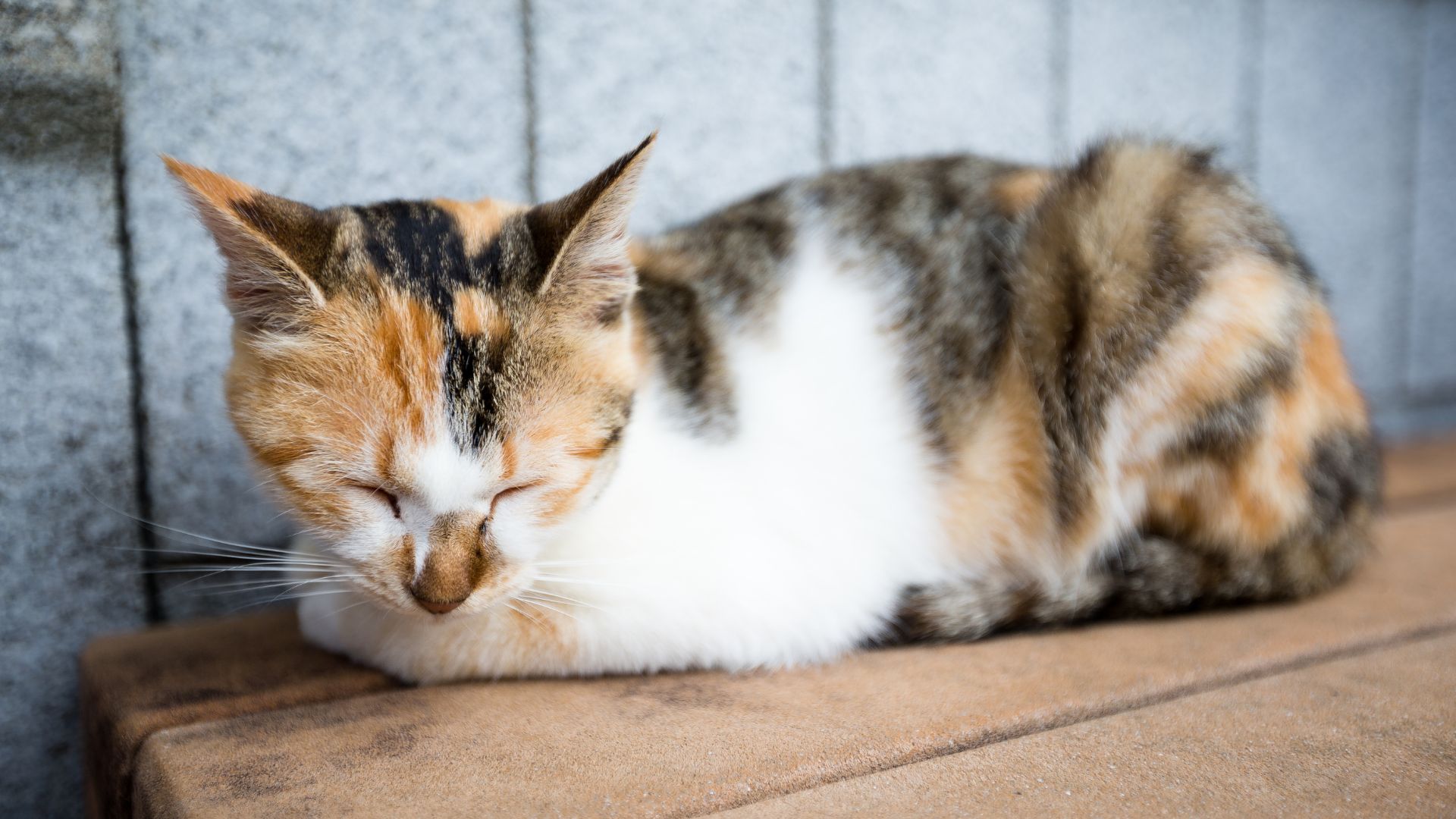
ZumVet’s Tips For Understanding Pet Sleeping Positions and Body Languages
Body Language Interpretation: Pay attention to their body language when they sleep. A relaxed body with loose muscles indicates they feel safe and content, while tense muscles or twitching might suggest they’re dreaming or reacting to stimuli.
Changes in Behaviour: Be aware of changes in their sleeping habits or positions. Sudden shifts might signal discomfort or underlying health issues. If your pet constantly avoids a particular position or area, it could be a sign of discomfort.
Tail Language: A dog’s or cat’s tail can convey emotions even during sleep. A wagging tail or twitching tail might reflect their mental state while resting.
If you are concerned about potential discomfort or underlying health issues, do visit or have a teleconsultation with ZumVet. Your pet’s health is our top priority!
Sleep for all
Deciphering our pets’ sleep is like reading a captivating tale of their comfort and emotions. From the cosy twists to the carefree loafs, every sleep pose paints a vivid picture of their relaxation, safety, and happiness. By embracing and respecting their sleep preferences, we deepen our bond with these furry pals, ensuring they feel cherished and secure during their downtime. Tuning into their sleep cues lets us create the perfect haven for them to recharge, feel at home, and thrive in their joyous, vibrant lives.



